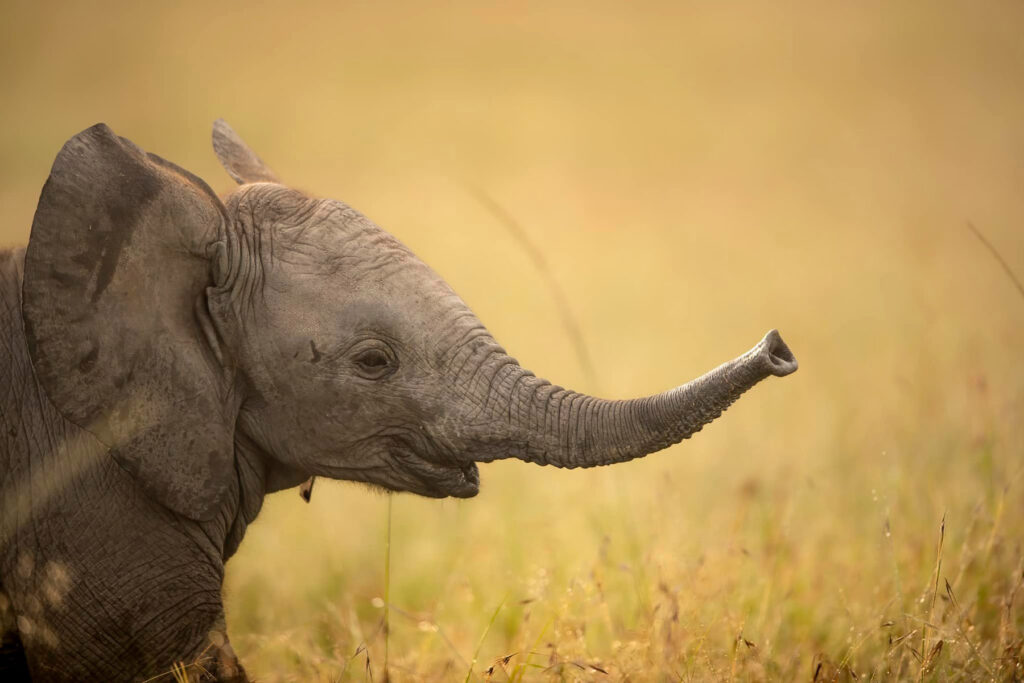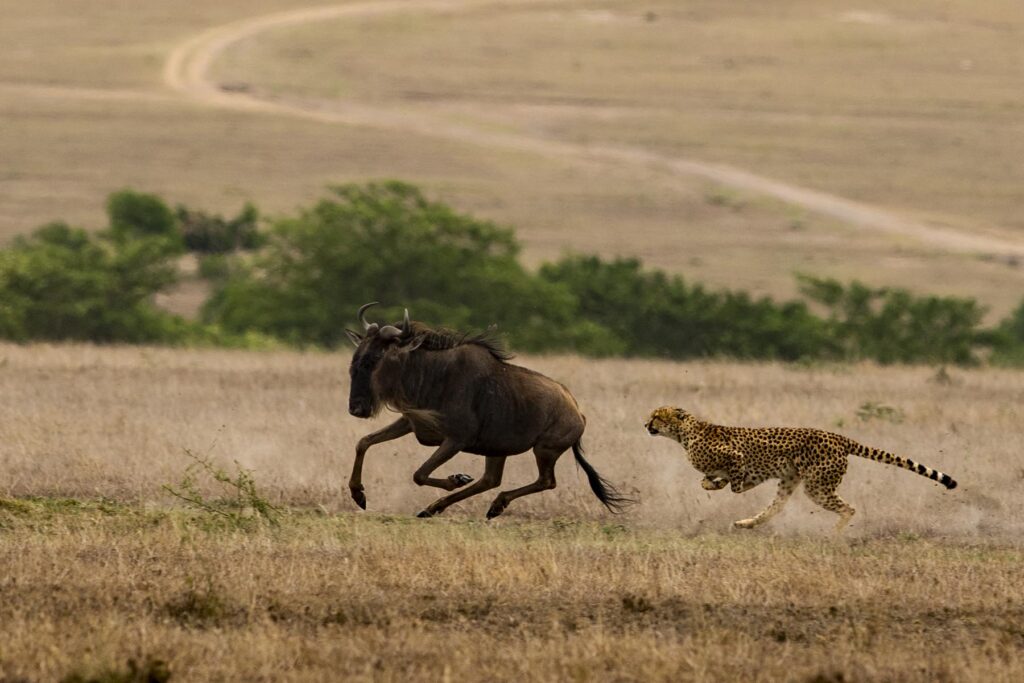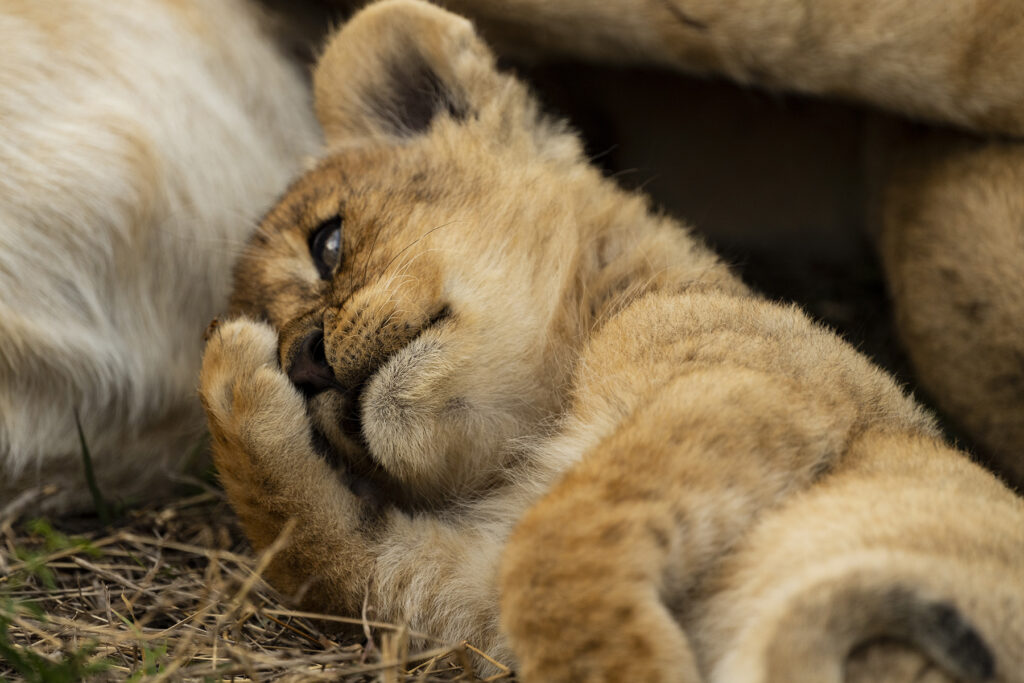PLANNING
The Best Time To Visit The Masai Mara
The Masai Mara captivates travelers with its breathtaking landscapes and abundant wildlife. It’s renowned as one of Africa’s must-see destinations. This national reserve offers 1,510 square kilometers of protected space for an incredibly diverse ecosystem. When you’re in the Mara, every moment brims with the thrill of wildlife and the beauty of nature.
To make the most of what the Masai Mara has to offer, choose the right time to visit. This may depend on the sights you’re hoping to see. Those dreaming of the great migration should travel in peak season from July to October. Others who simply want to enjoy a sunset on the savanna after an all-day game drive have more options. Get the facts to decide when to plan your unforgettable adventure.
THE BEST TIME TO VISIT THE MASAI MARA
The Dry Season
The dry season spans from July to October. During this period, the Mara has minimal rainfall and mild temperatures. It’s also when the Great Migration occurs, one of the most awe-inspiring spectacles imaginable. Millions of wildebeests cross the Mara River in search of greener pastures. Zebras and other herbivores join the herds as well.
As a result, the dry season offers unparalleled game viewing opportunities. Large herds of animals gather around water sources like the Olare Olok River. You’ll witness dramatic river crossings and predator-prey interactions on your game drive. Wildlife is easily spotted on the golden savanna throughout the day.
A bonus: the dry and pleasant weather makes all-day game drives quite enjoyable, while the cool evenings provide respite from the day’s heat.
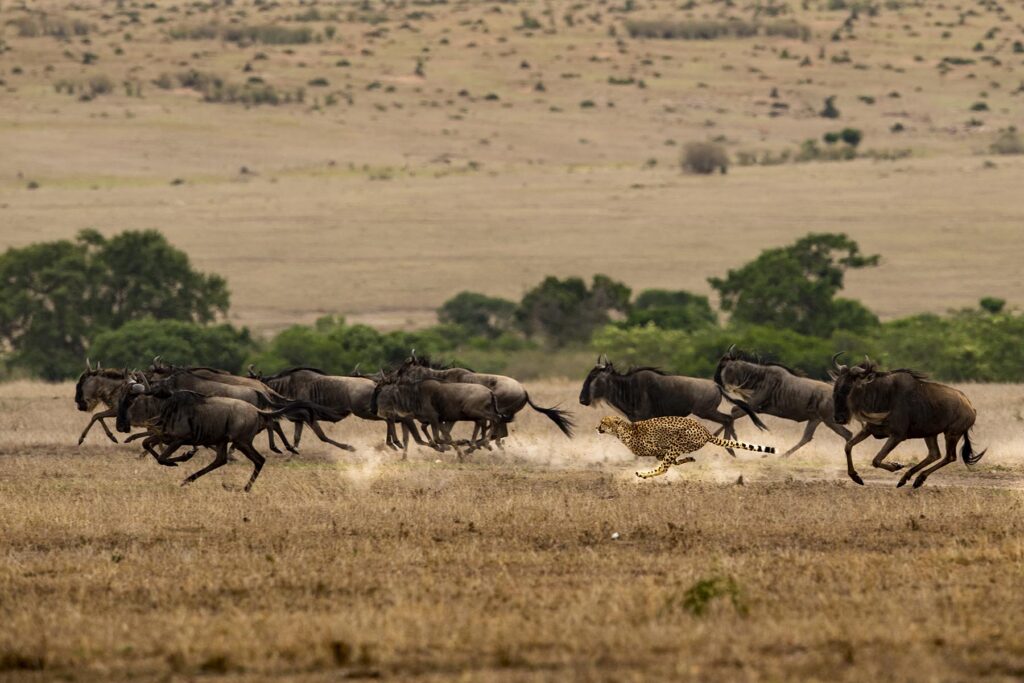
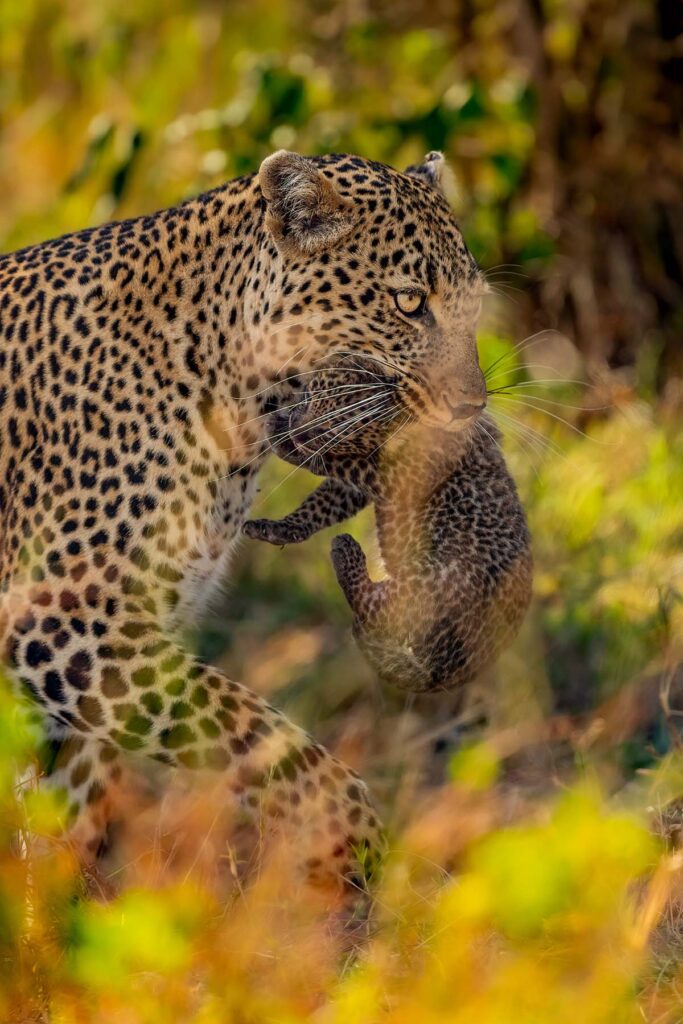
THE BEST TIME TO VISIT THE MASAI MARA
The Wet Season
From November to June, the Masai Mara experiences more rain and changing weather. The landscape turns green, and wildflowers bloom. This can make wildlife a little more difficult to spot, as animals can hide in the tall grass on the plains.
Because fewer tourists visit during the wet season, your safari may feel more intimate. Imagine spotting a leopard mother and her cubs without a line of vehicles waiting behind you! The wet season can also be a draw for birdwatchers. Migratory birds return to the Masai Mara during these months, and they’re a sight to behold.
A bonus: park fees are lower during the rainy season, so this may be the best time to visit the Masai Mara for travellers on a budget. Going during the “short rains” of November and December is better than during the long rainy season of March, April, and May.
THE BEST TIME TO VISIT THE MASAI MARA
Helpful Pros & Cons
The team at Mara Trails Camp have hosted couples, families, and photographers year round. Based on our experience, we think you’ll find the following pros and cons list helpful. At the end of the day, any visit to the Masai Mara National Reserve will create memories to last a lifetime!
Visiting During The Dry Season
- Positive: Wildlife viewing is easier as animals group near rivers and the vegetation is low
- Positive: Weather is typically excellent with hot days, cool nights, and no rain
- Positive: The Great Migration may come through the Masai Mara during your stay
- Negative: Peak season means the reserve has more tourists and park fees are higher
Visiting During The Wet Season
- Positive: Wildlife viewing is more intimate as you may be the only vehicle around
- Positive: Birdwatching is best at this time as gorgeous species return to Kenya
- Positive: Park fees are lower due to reduced tourist demand and fewer crowds
- Negative: Rain can make outdoor game drives less pleasant, although the “short rain” months of November & December are still reasonable



